The Amalfi Coast: 'There is more to see and do here than any words could ever give justice to'
If you're planning post-lockdown travel, the Amalfi Coast might well be on your list. James Fisher takes a look at the wealth of things to enjoy about the history, culture and sheer beauty of Italy’s most precipitous coastline.
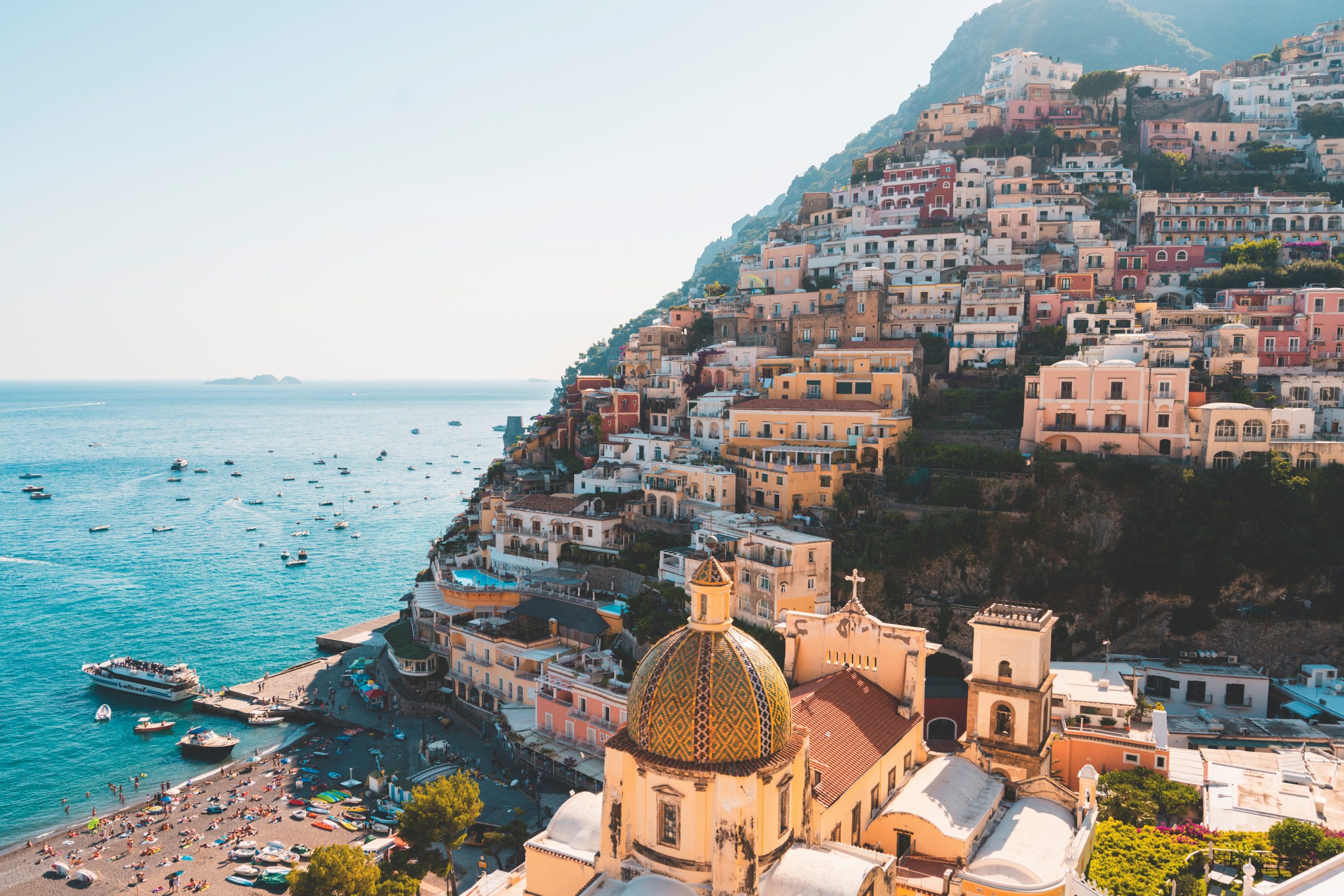

When St Andrew was martyred by crucifixion in the city of Patras, Greece, he likely believed that he would reach Heaven. His spirit may have ascended to the clouds, but his body made it to the Amalfi Coast, so whichever way you look at it, he was right.
Andrew arrived by boat, but it is more customary these days to approach this shattered shore on the shin of Italy’s boot by car from Naples. It’s not a trip for the faint-hearted: twisting single roads wind their way over and around sharp cliff faces, with nothing but the amethyst water of the Mediterranean ready to catch you.
There is a reason that this coast featured in the driving video games Forza Motorsport and Gran Turismo; it’s more than likely that the taxi driver transporting you there will fancy themselves as something of a racing driver, too.
It feels somewhat bizarre to think that humans can make their home here. As you speed towards your destination, whether it be Ravello, Positano, Minori or Amalfi itself, the beauty of the natural coastline contrasts with humanity’s endeavour to appreciate it.
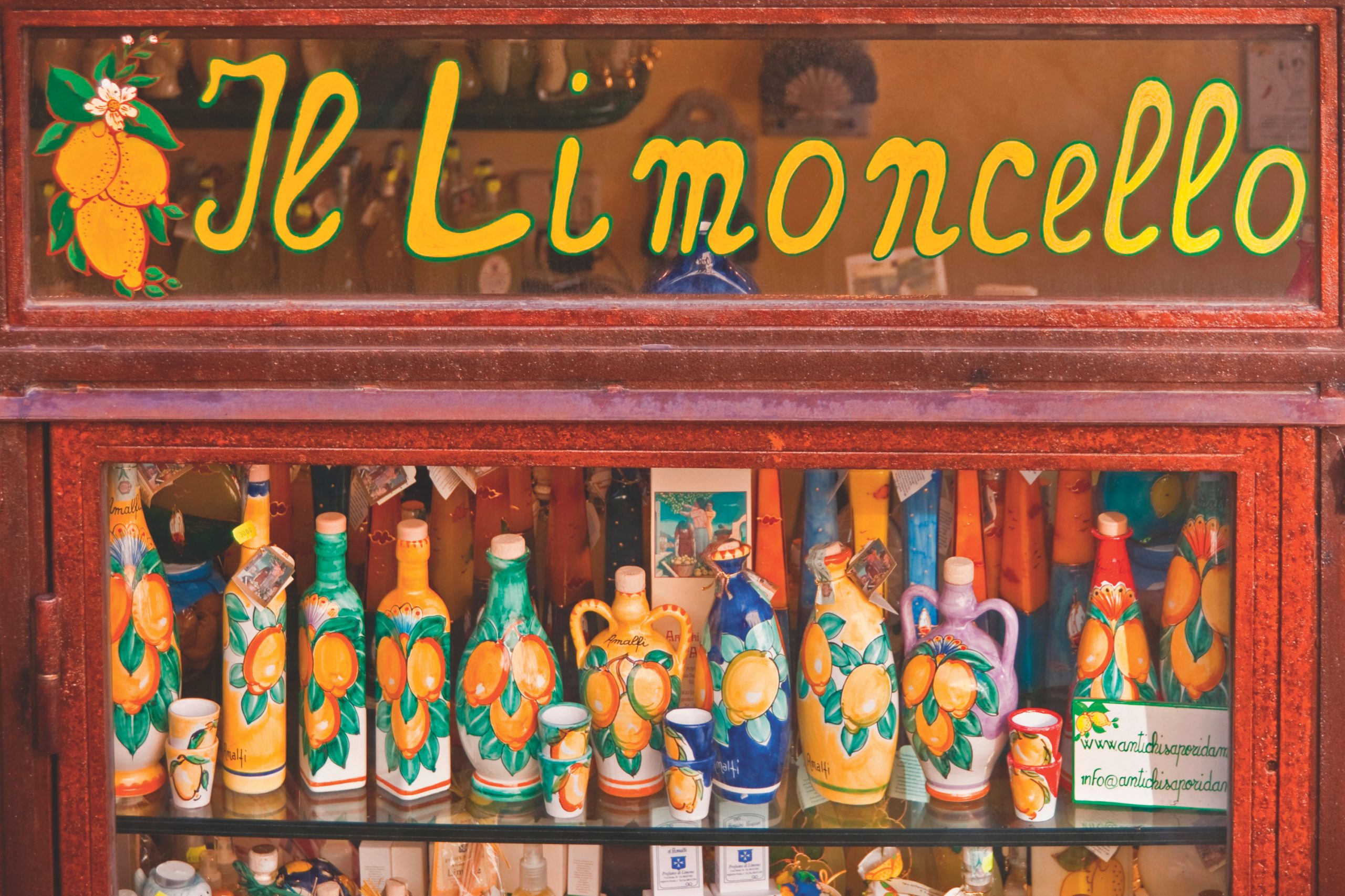
Houses are dotted onto hills, cliffs and crannies as if some higher power were scattering them like salt. Mules, their pouches packed with lemons, are a reminder that this is a rustic environment, where tourism is still fairly new.
It wasn’t always rustic, mind — before a tsunami in the 14th century, the Duchy of Amalfi was an independent maritime trading territory in the Mediterranean and, even now, the Amalfitani are fiercely loyal to their history and require no second invitation to remind you that they are not ‘Italian’ — Garibaldi is something of a banned word in these parts.
But the locals are used to punching above their weight. They’ll tell you that the cross on their flag pre-dates its more famous cousin used by the island of Malta and they’ll add that, if it wasn’t for their perfecting work on the box compass in the 13th century, maritime navigation in Europe would not have seen such success. Indeed, the box compass’s inventor, Flavio Gioia, still stands overlooking the harbour of Amalfi today.
Sign up for the Country Life Newsletter
Exquisite houses, the beauty of Nature, and how to get the most from your life, straight to your inbox.
But what’s perhaps most striking about the Amalfi Coast is the onslaught of colour. The water seems to be a different, brighter shade of blue almost every time you look at it and the contrast between the sea and the white, yellow, pinks and oranges of the buildings that border it is mesmerising.
In the main towns and villages, the architecture is almost as erratic as the planning permission. One needs only look at the Duomo di Amalfi, the resting place of St Andrew, to see a building that is far more than the sum of its parts. Begun in the 9th century, it has constantly been rebuilt, refurbished and updated in differing styles, meaning that you can see time and taste shift as you walk around it. What began as a humble Norman building now combines Byzantine influences with Baroque, Gothic and Renaissance styling. European history is inlaid in its very bricks.
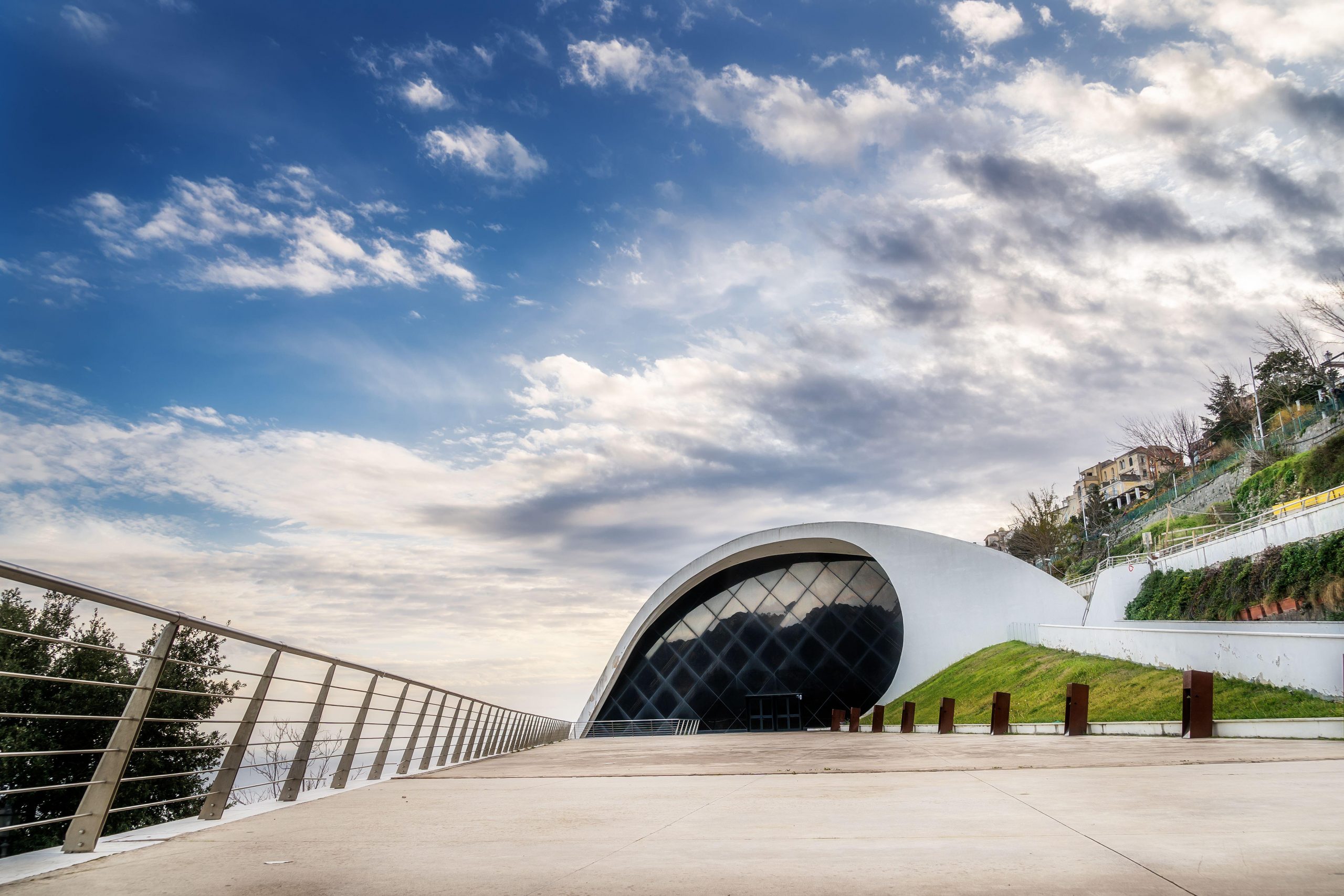
Further down the coast, at Ravello, the classical styles of Europe make way for South American Modernism, as the crashing concrete wave of Oscar Niemeyer’s auditorium overlooks the town below. It is one of many venues in this musical town, famous for its year-round festivals, and it’s fair to say that, if you lived there, well, you’d be singing, too.
It seems that almost every local town and village has a unique and interesting history. Take Furore, so named after ‘the sound of the raging sea pounding against the valley below’. The fjord here has been a natural harbour, known for its flourishing trade, for centuries, but the town is also known as the Italian Neverland, or the country that does not exist, as it has no centre — it’s merely a collection of homes and buildings.
It was also the setting for Roberto Rossellini’s L’Amore, a film that caused such outrage when released in the US that it reached the Supreme Court in 1952. The Miracle Case, which allowed its release, set a precedent around freedom of speech that still stands to this day. Proof, yet again, that this small slice of Italy does punch above its weight.
There is more to see and do here than any words could ever give justice to. As much as it is tempting to explore the string of towns and villages along this coast, so, too, is it worth simply staying wherever you find yourself and enjoying a glass of limoncello with a view over the Mediterranean. Whatever happens, the sights, sounds and scents of the Amalfi Coast are sure to inspire you.
Live there
With its panoramic, whitewashed houses clinging to a steep cliffside, Positano is one of the prettiest villages on the Amalfi coast and this apartment, which is for sale priced at €3 million with Mayfair International Realty’s associate IB International Real Estate, makes the most of the magnificent views over the sea and the Li Galli islands.
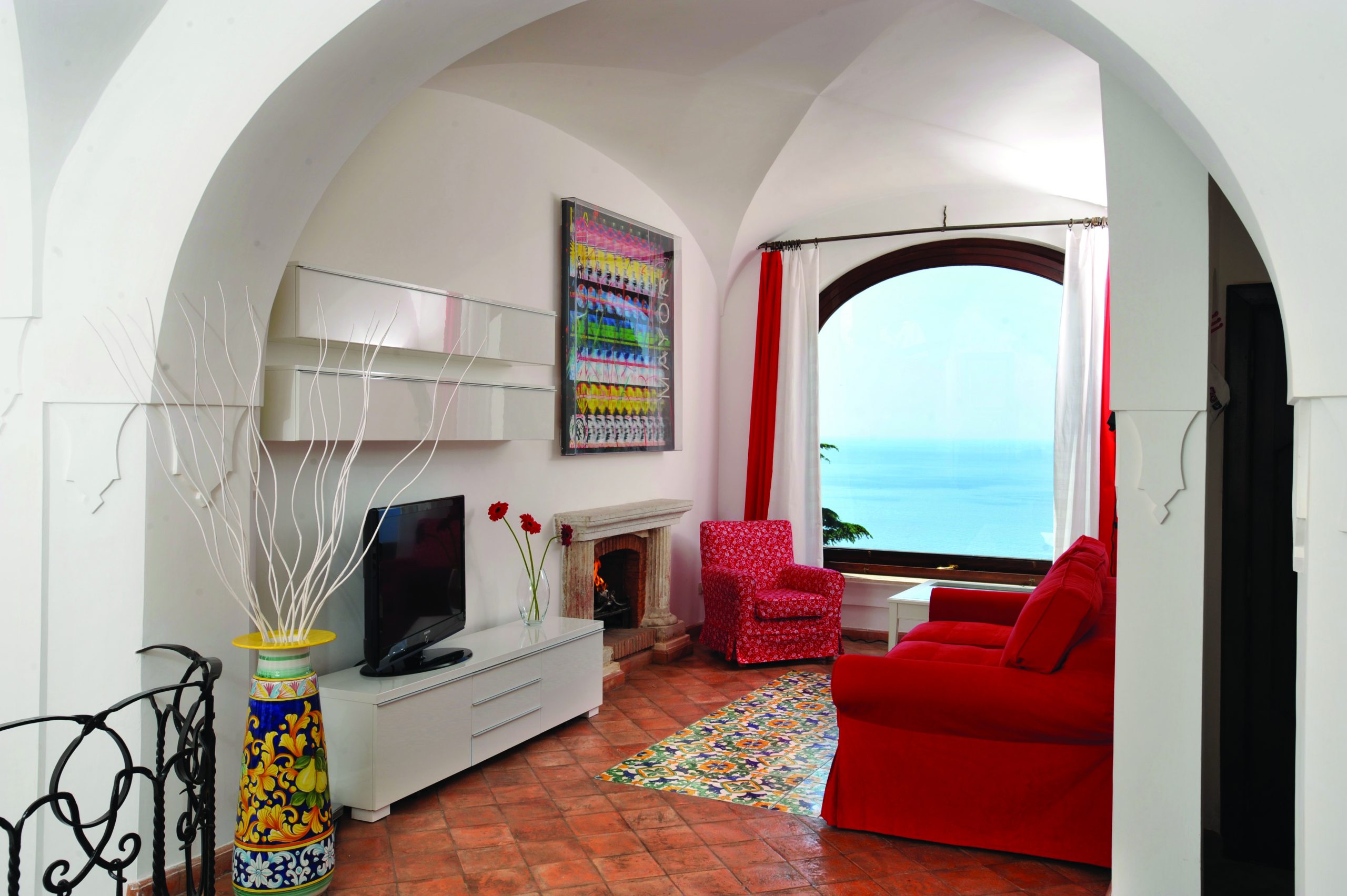
An independent entrance gives access to the 1,500sq ft property, which has two bedrooms, plenty of vaulted ceilings, a fireplace in the living room, a small, but perfectly formed kitchen, decorated with Vietri tiles and featuring a panoramic terrace.
See more pictures or contact the agent.
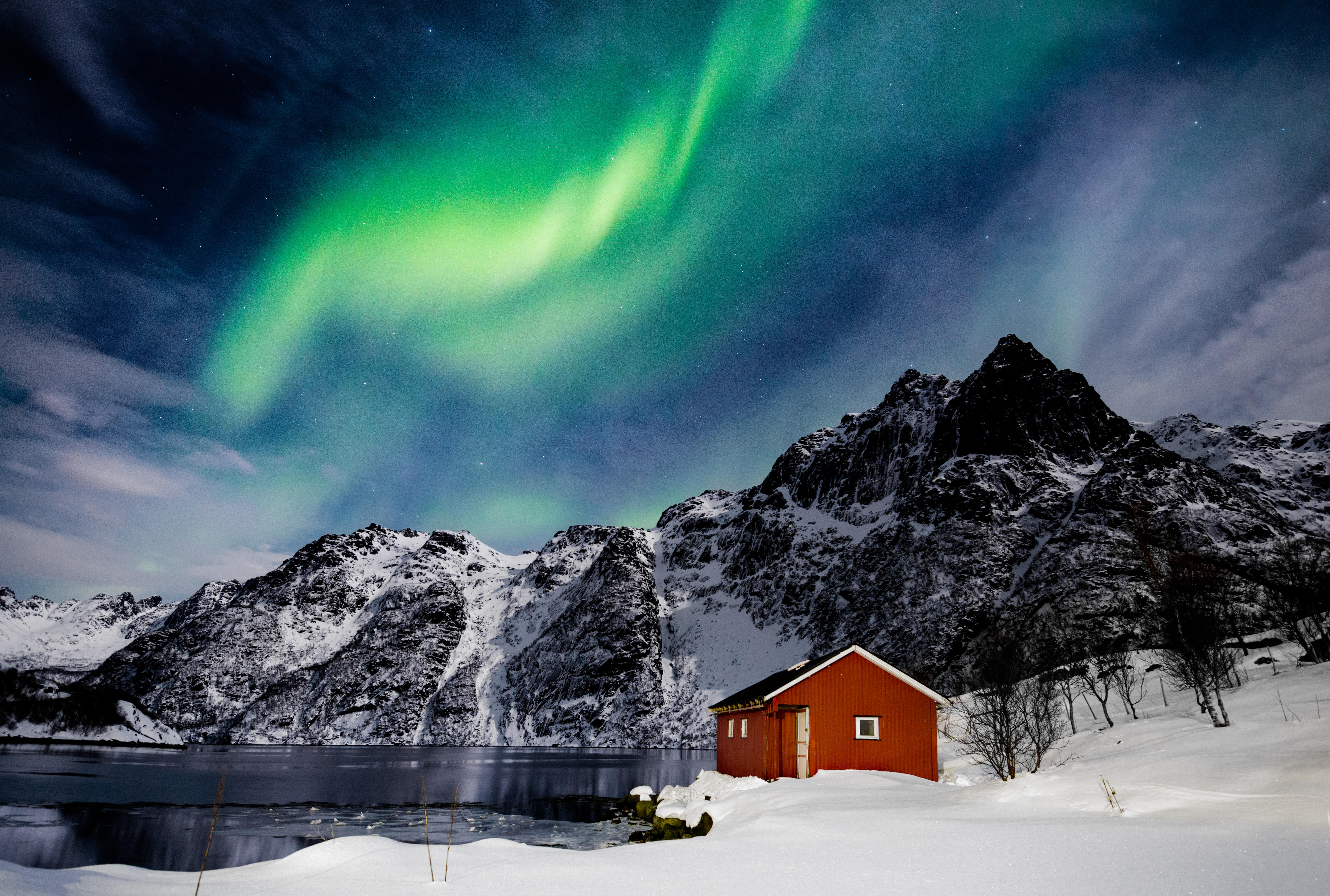
Credit: Alamy Stock Photo
Seven islands you've probably never heard of to visit in 2021, including Príncipe in the Gulf of Guinea and Norfolk Island, Australia

James Fisher is the Deputy Digital Editor of Country Life. He writes about property, travel, motoring and things that upset him. He lives in London.

